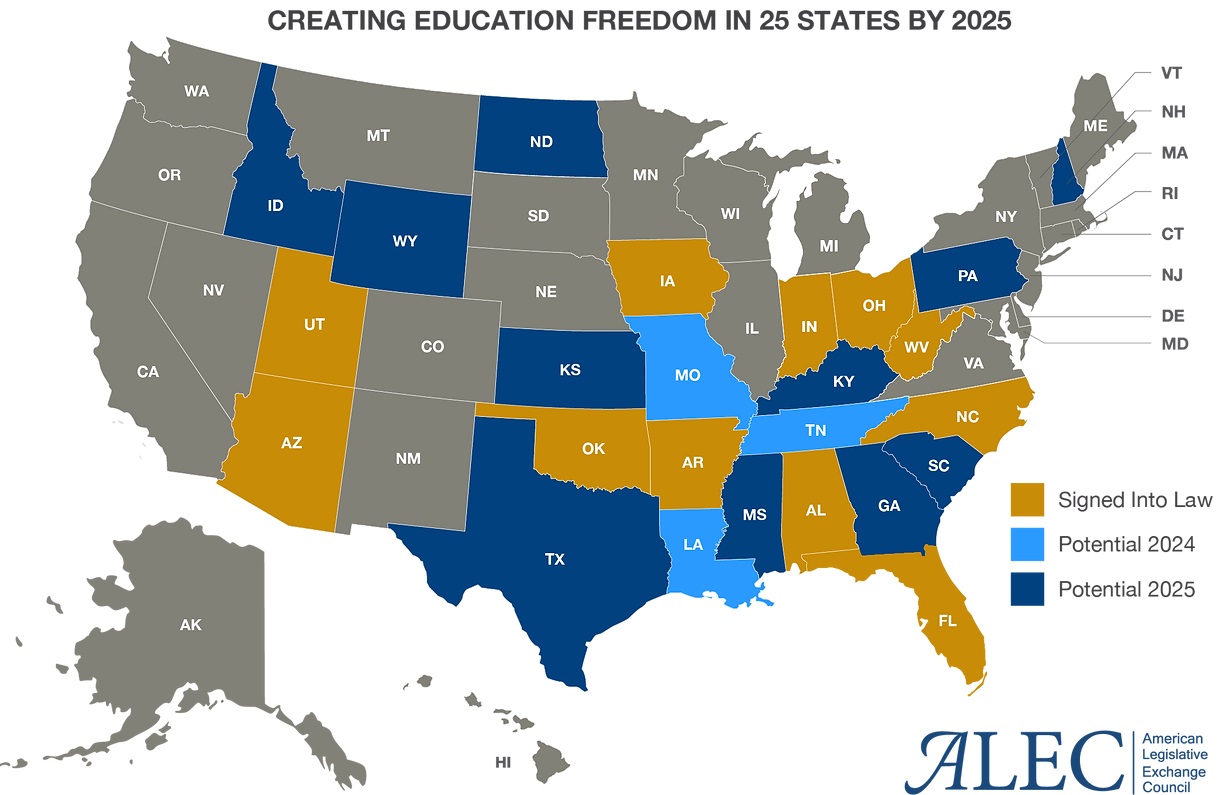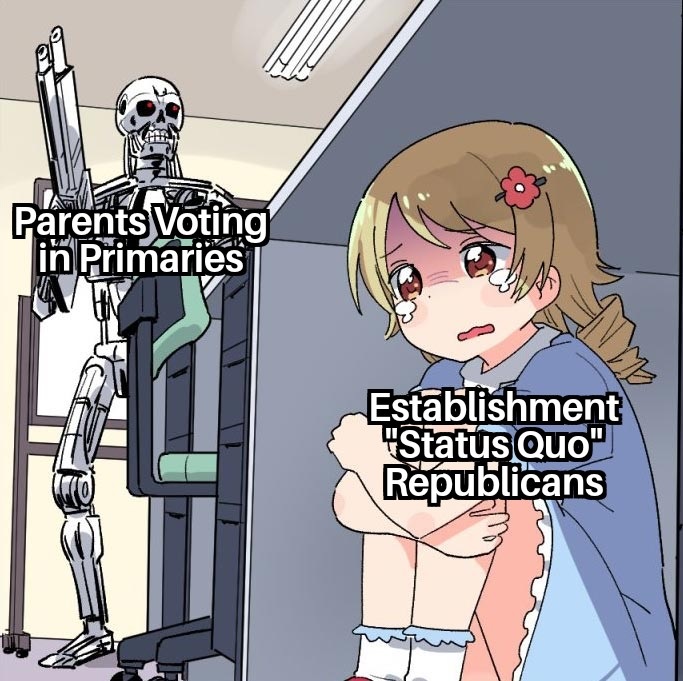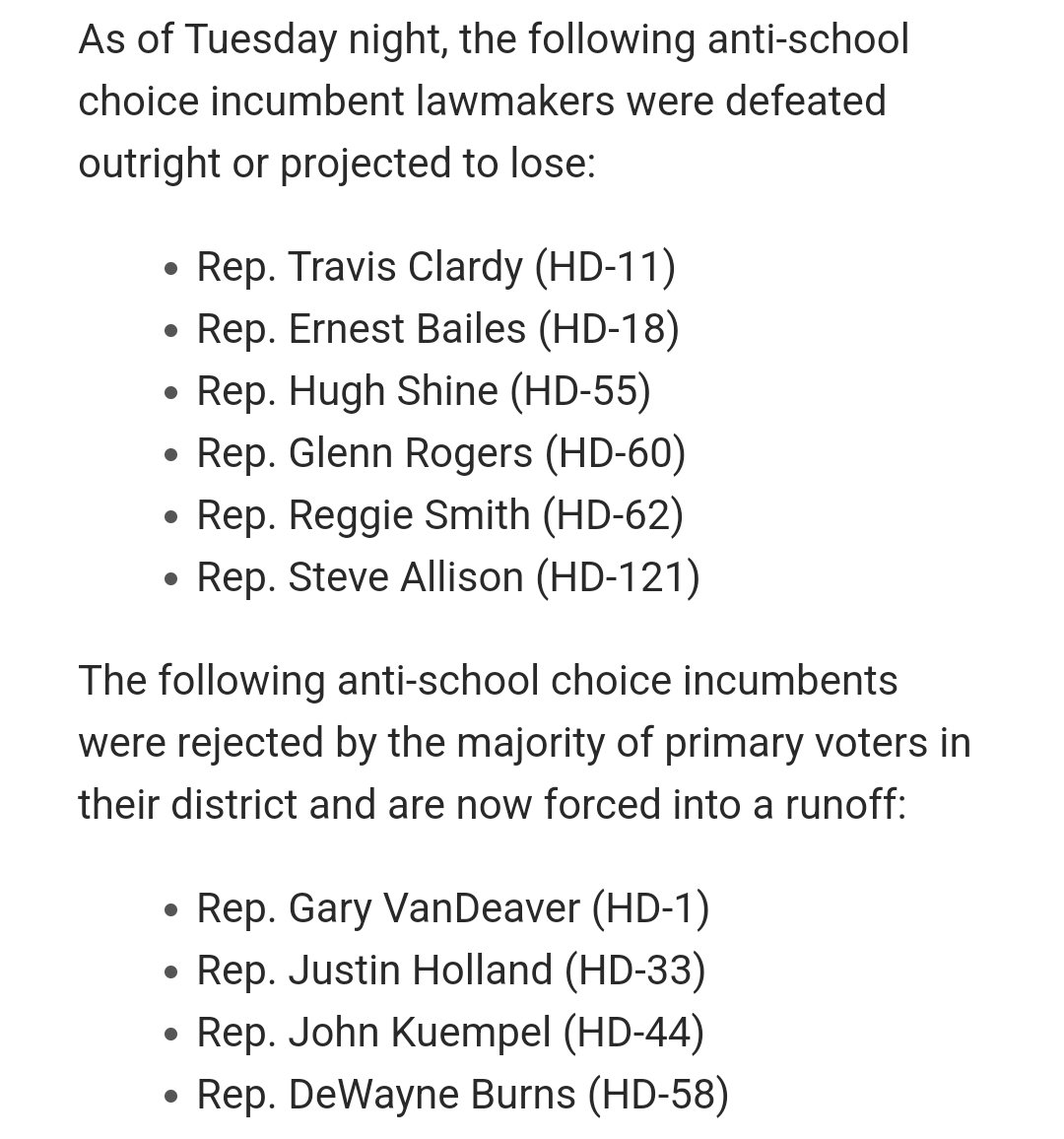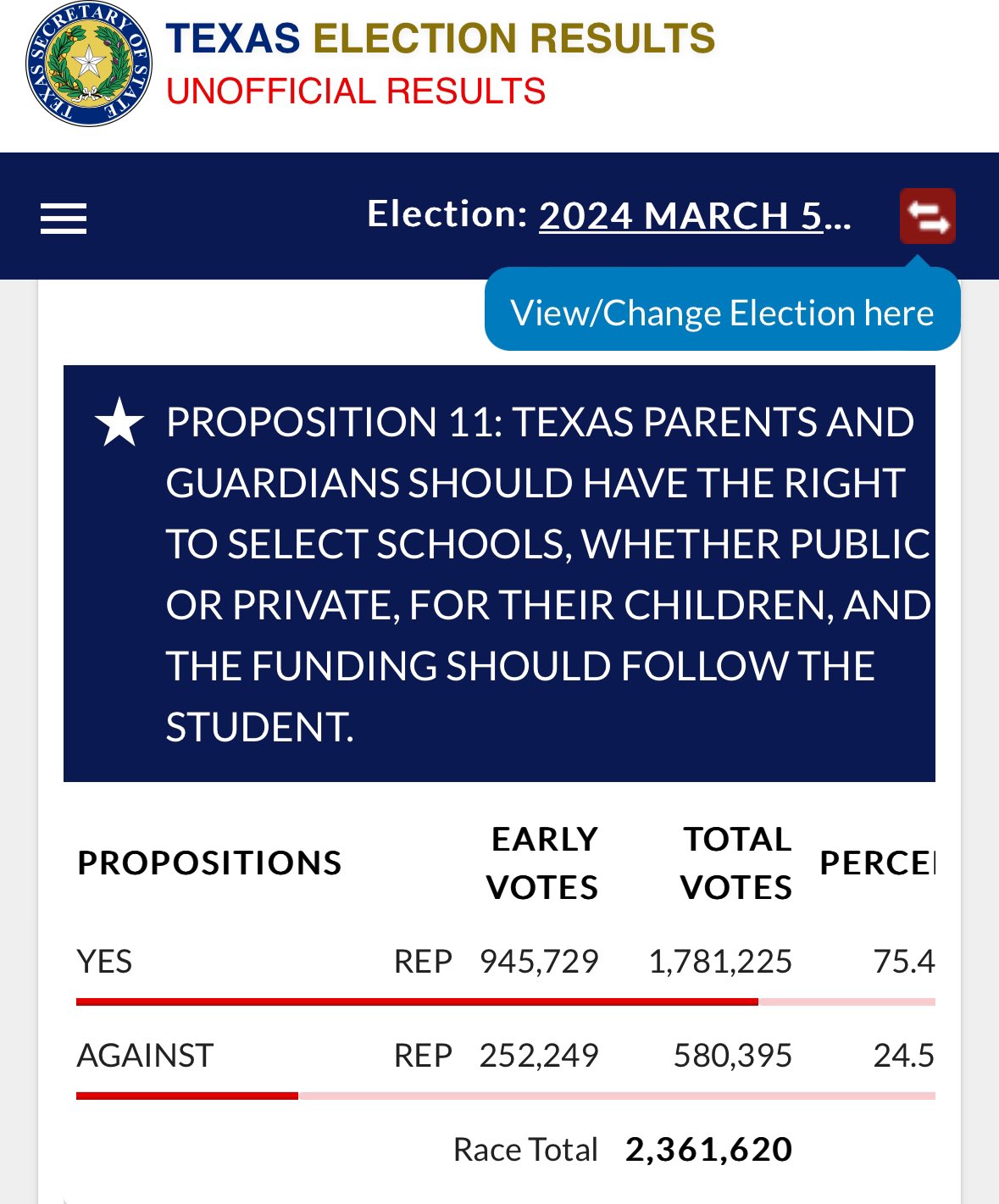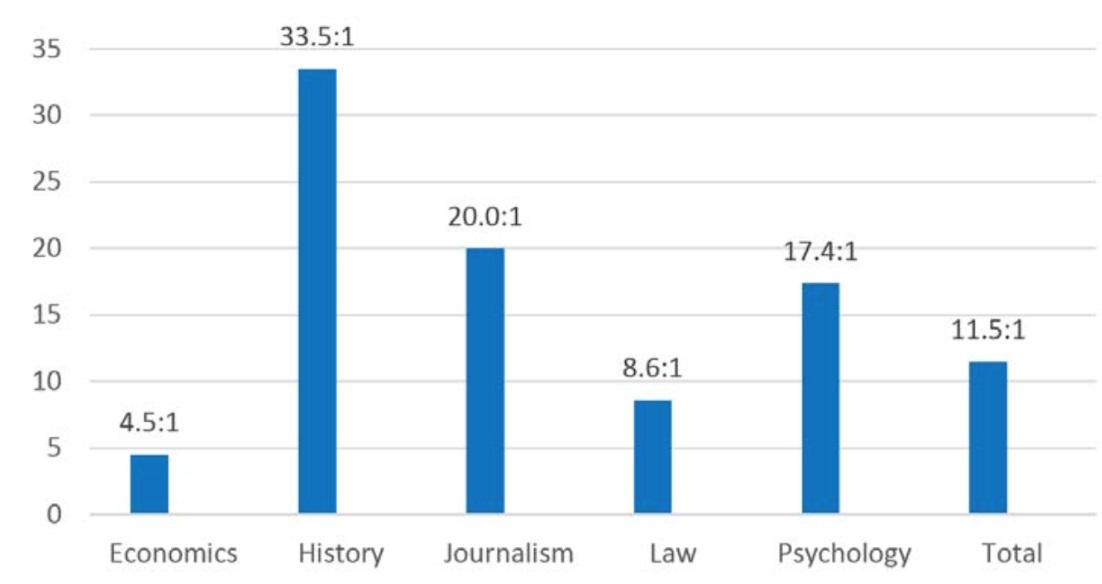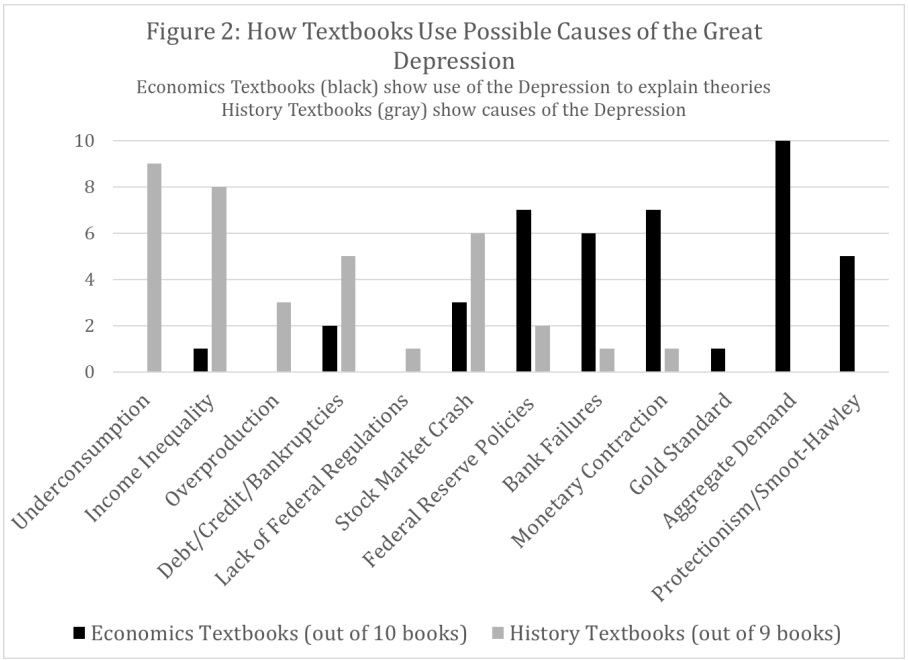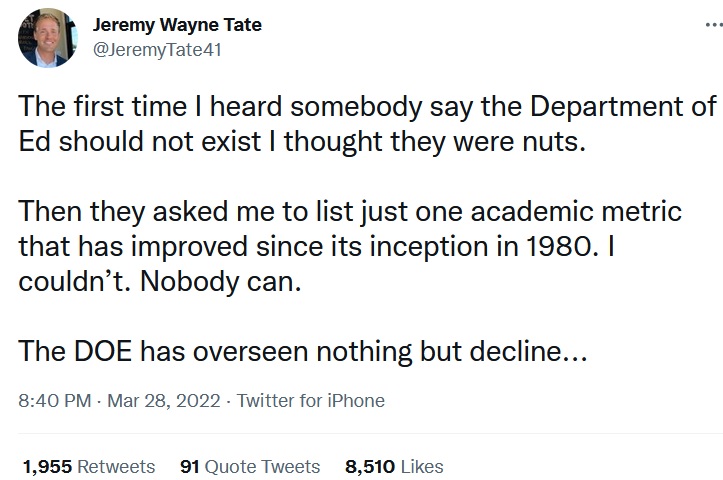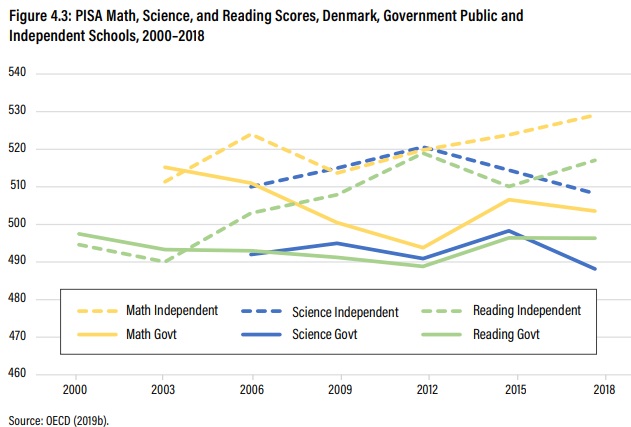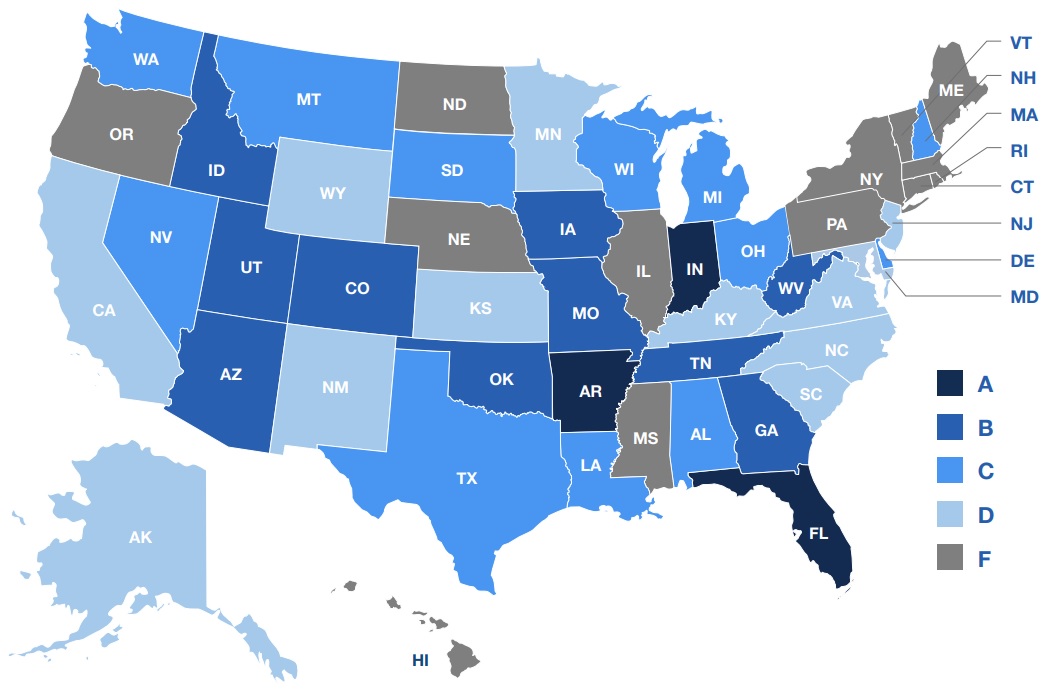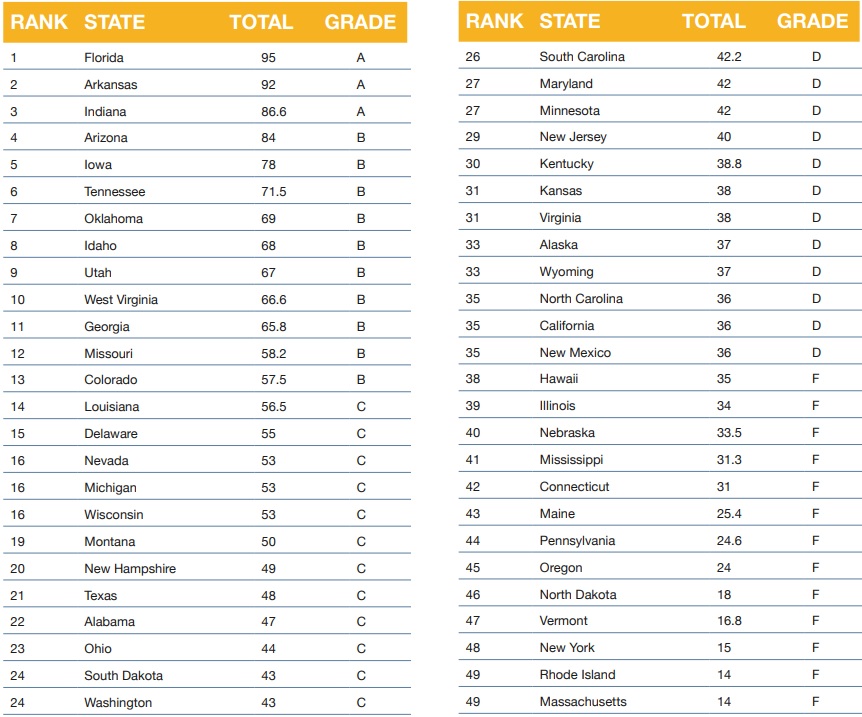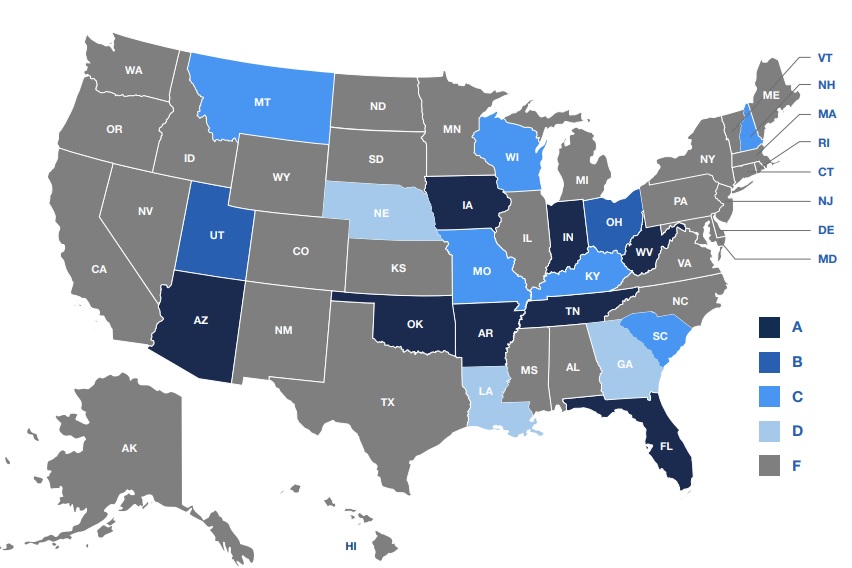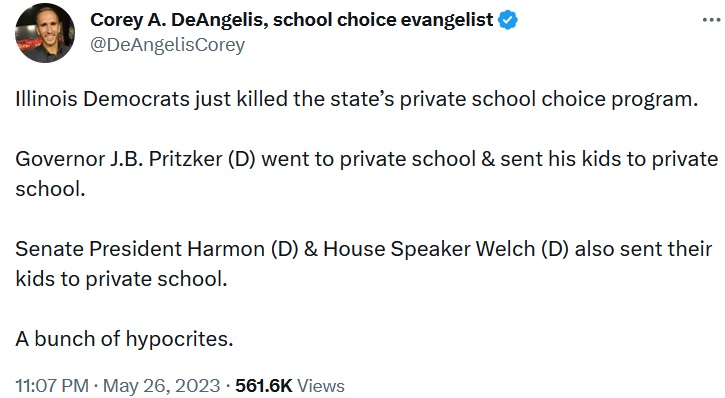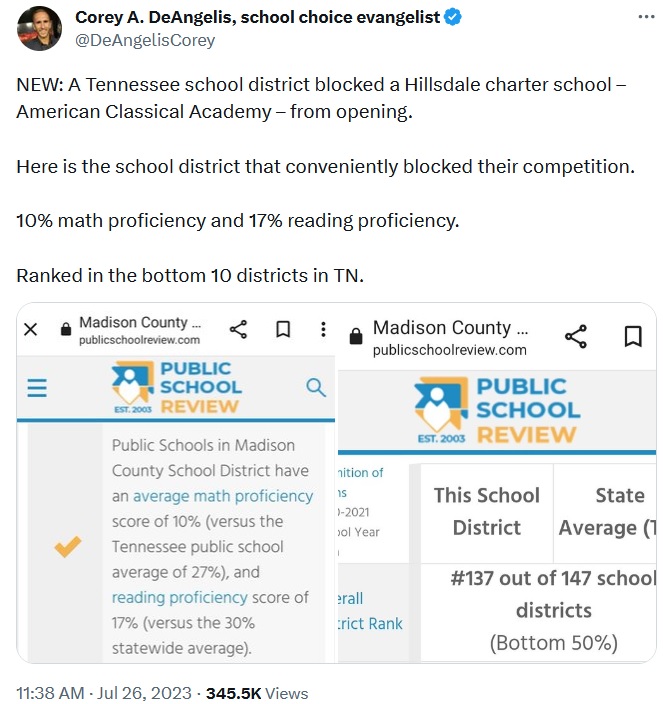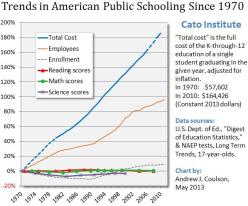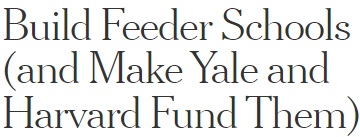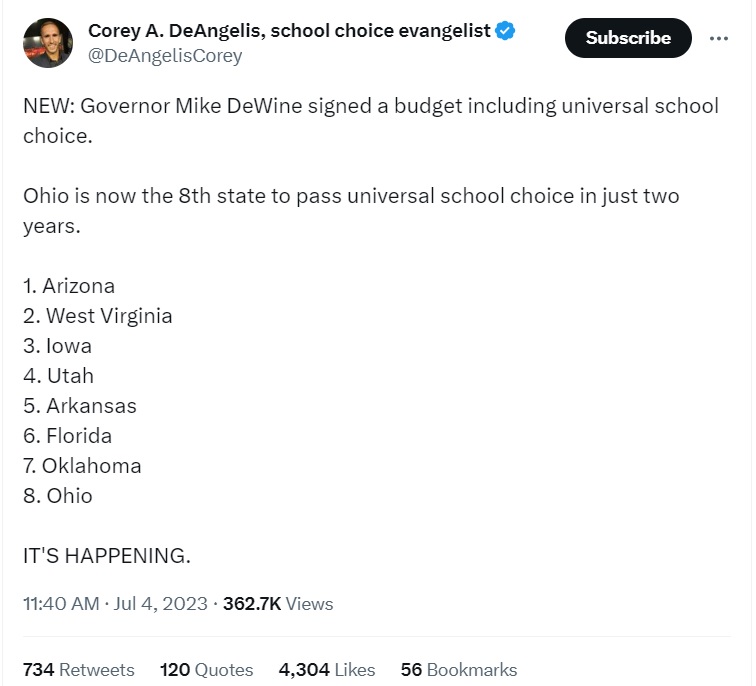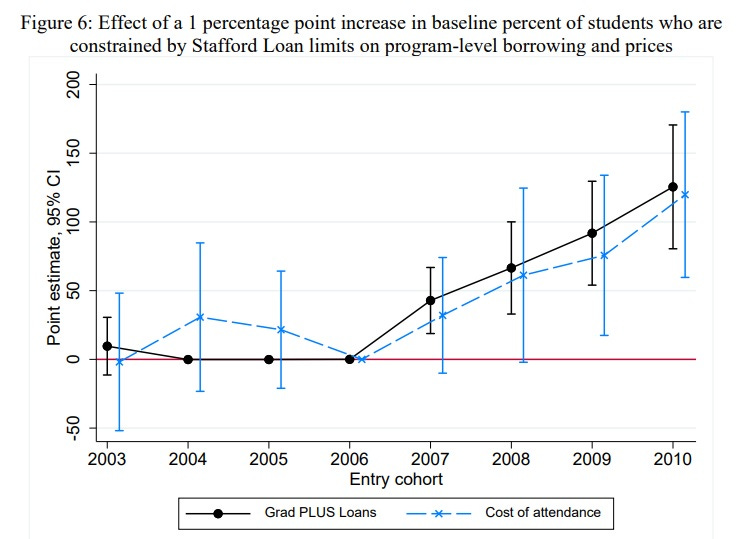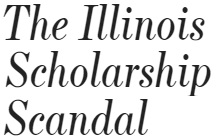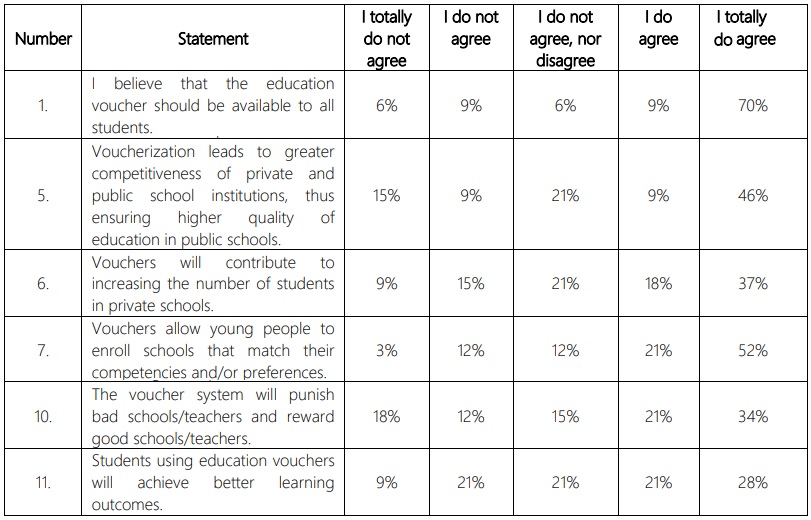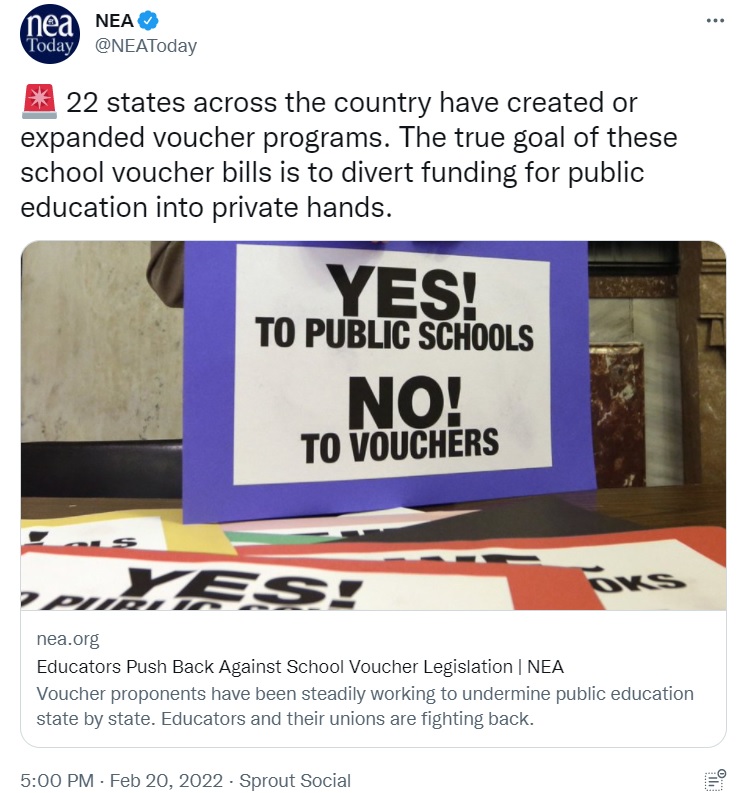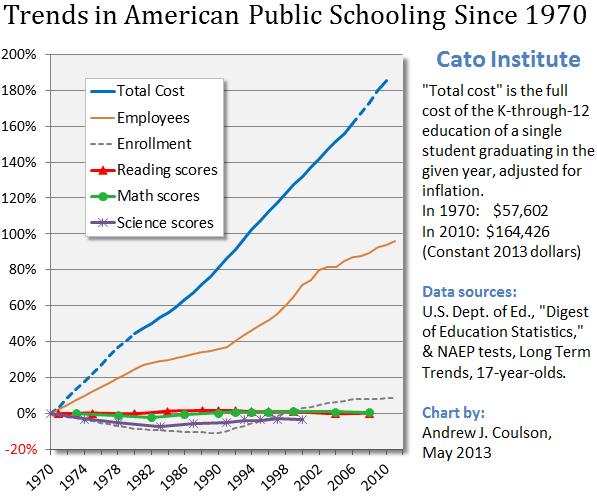In Part I of this series, I shared a very amusing video from Bill Maher about how colleges and universities have become “luxury day-care centers.”
 I then added some of my analysis to show that government subsidies – such as student loans – were the underlying problem.
I then added some of my analysis to show that government subsidies – such as student loans – were the underlying problem.
Simply stated, colleges and universities increased tuition and fees so they could capture the value of the subsidies (as explained by Professor Daniel Lin back in 2012).
To make matters worse, they’ve been spending the money on more bureaucracy rather than anything that would improve educational outcomes for students (or generate spin-off benefits for the overall economy).
But “more bureaucracy” is an understatement. Here’s a sentence that I initially thought had to be satire.

But I’m not joking. This sentence comes from a jaw-dropping story about university bureaucrats trying to micro-manage student social life at Stanford University.
Here are the full details from the Wall Street Journal report, written by Douglas Belkin.
A recent headline in the Stanford Daily News student paper says: “Inside ‘Stanford’s War on Fun’: Tensions mount over University’s handling of social life.” Stanford has acknowledged the students’ complaints about their doldrums… Stanford has a long reputation as an offbeat party school for high achievers. …on campus, rules around parties dominate the conversation. Stanford began mandating students file an application two weeks ahead of a party including a list of attendees, along with sober monitors, students said. …The number of registered parties dwindled to 45 during the first four weeks of school this fall… Samuel Santos Jr., associate vice provost of inclusion, community and integrative learning within the Division of Student Affairs, says the school is working to address students’ concerns about Stanford’s social atmosphere. The party-planning process will be streamlined and more administrators will be hired to help facilitate student social life.
…on campus, rules around parties dominate the conversation. Stanford began mandating students file an application two weeks ahead of a party including a list of attendees, along with sober monitors, students said. …The number of registered parties dwindled to 45 during the first four weeks of school this fall… Samuel Santos Jr., associate vice provost of inclusion, community and integrative learning within the Division of Student Affairs, says the school is working to address students’ concerns about Stanford’s social atmosphere. The party-planning process will be streamlined and more administrators will be hired to help facilitate student social life.
While this is an extreme example of bureaucracy run amok, it’s symptomatic of a broken system.
In an article for the Federalist, Rebecca Kathryn Jud and Chauncy Depree cite the spread of bureaucracy at a local university.
Over the past few decades, U.S. higher education has seen dramatic changes, few of which have been for the better. …We went to the website of a local public university and checked the office of the dean of the business college. The site identified the following vaguely titled and well-paid hangers-on:  senior associate dean, associate dean for undergraduate programs, assistant dean for academic services, administrative specialist, technology and database specialist, marketing coordinator, assistant to the dean for finance and administration, senior major gift officer, and director of the Center for Economic and Entrepreneurship Education. This does not include the multitude of secretaries and assistants who support these dubiously necessary administrators. Nor does it include the deans for other colleges, the department heads, the office of the president, or any of the other administrative offices. Bear in mind, this expensive phenomenon is replicated across colleges and universities throughout the country.
senior associate dean, associate dean for undergraduate programs, assistant dean for academic services, administrative specialist, technology and database specialist, marketing coordinator, assistant to the dean for finance and administration, senior major gift officer, and director of the Center for Economic and Entrepreneurship Education. This does not include the multitude of secretaries and assistants who support these dubiously necessary administrators. Nor does it include the deans for other colleges, the department heads, the office of the president, or any of the other administrative offices. Bear in mind, this expensive phenomenon is replicated across colleges and universities throughout the country.
And here are some excerpts from a 2020 column in Townhall by the late (and great) Walter Williams.
…college administrators assume that today’s students have needs that were unknown to their predecessors. Those needs include diversity and equity personnel, with massive budgets to accommodate. …Penn State University’s Office of Vice Provost for Educational Equity employs 66 staff members. The University of Michigan currently employs a diversity staff of 93 full-time diversity administrators, officers, directors, vice provosts, deans, consultants, specialists, investigators, managers, executive assistants, administrative assistants, analysts and coordinators. Amherst College, with a student body of 1,800 students employs 19 diversity people. Top college diversity bureaucrats earn salaries six figures, in some cases approaching $500,000 per year. …Diversity officials are a growing part of a college bureaucracy structure that outnumbers faculty by 2 to 2.5 depending on the college.
The University of Michigan currently employs a diversity staff of 93 full-time diversity administrators, officers, directors, vice provosts, deans, consultants, specialists, investigators, managers, executive assistants, administrative assistants, analysts and coordinators. Amherst College, with a student body of 1,800 students employs 19 diversity people. Top college diversity bureaucrats earn salaries six figures, in some cases approaching $500,000 per year. …Diversity officials are a growing part of a college bureaucracy structure that outnumbers faculty by 2 to 2.5 depending on the college.
Fortunately, we have a way of solving all the above problems.
P.S. The mess in higher education is another example of what happens when politicians create a “third-party payer” problem.
P.P.S. Hillary Clinton was wrong on this issue and Joe Biden is wrong on this issue.
P.P.P.S. Given my libertarian sympathies, I also object to subsidizing folks who are hostile to economic liberty.
Read Full Post »
…“It was an honor to work with Governor Ivey and her team to swiftly pass a school choice bill that she declared her number one priority this Session,” Sen. Arthur Orr, R-Decatur, said in a statement after the vote. …“Children are our future, and there is no greater responsibility for lawmakers than ensuring our kids have every resource needed for academic success regardless of their zip code,” Senate President Pro Tempore Greg Reed said. …The first ESAs will be available in the 2025-26 school year and will be limited to eligible students. All students will be eligible for ESAs at the start of the 2027-28 school year. …The parent of a student receiving an ESA must agree to pay the remaining amount of tuition or expenses beyond the $7,000 cap.
